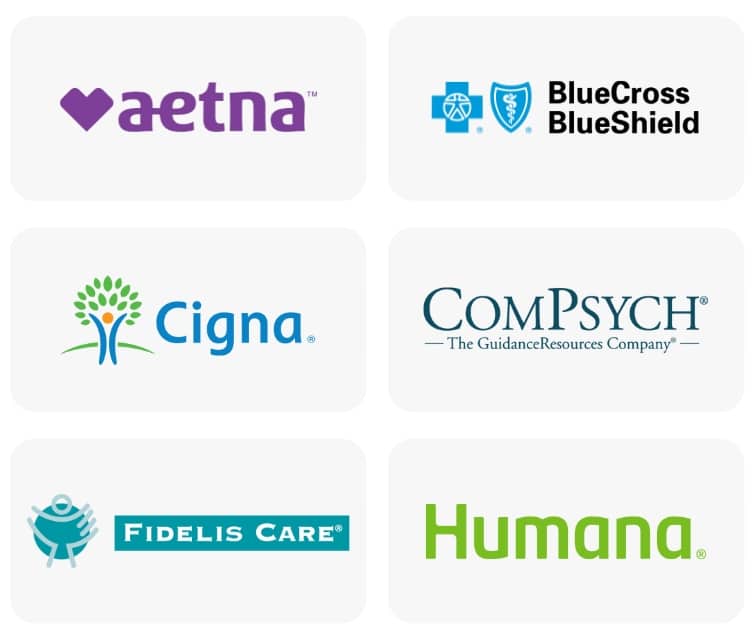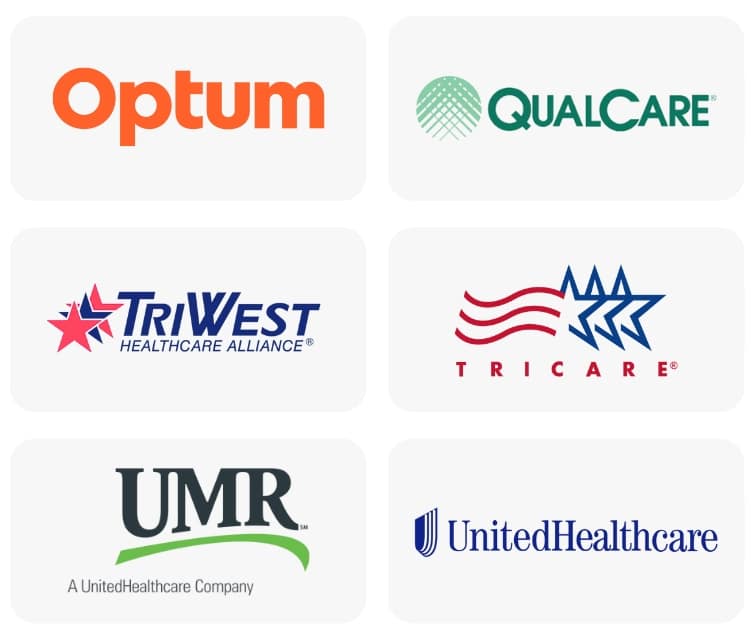Skip To Section
The growing abuse of meth is only recently receiving more attention in Colorado. In 2018, more people died from meth overdoses than opioid overdoses in southern Colorado. Addiction is a disease. If you are seeking a meth rehab center near Denver, Colorado, give us a call today.

Colorado Overdose Deaths
According to the latest data published by the National Institute on Drug Abuse (NIDA), there were 912 overdose deaths in the state of Colorado in 2016, a figure higher than any previous year.
However, the projection for the number of overdose deaths in 2017 is even higher, at 959. This figure works out to a rate of about 16.1 drug overdose deaths for every 100,000 people the state, which is an increase of about 83 percent from the rate of 8.8 deaths per 100,000 people recorded in 2001.
Even though the number of drug overdose deaths in Colorado has risen steadily, the state is still behind the national average of 19.8 deaths per 100,000.
Self-Assessment: Am I Addicted?
"*" indicates required fields
Contact Form
Would you like help?
"*" indicates required fields
Opioid Overdose Fatalities
Looking at the data provided by NIDA, there were 578 overdose deaths involving opioids in 2017 — a rate of about 10 deaths per 100,000 people. The national average for opioid overdose deaths is about 14.6 deaths per 100,000 persons.
Overdose deaths that were related to heroin nearly quintupled from 2010 to 2017 in Colorado (46 cases in 2010; 224 cases in 2017). During that same stretch of time, overdose deaths involving synthetic opioids (particularly fentanyl) doubled, and prescription opioid overdose deaths also nearly doubled.
Opioid Prescription Rates in Colorado
According to NIDA and sources like the Substance Abuse and Mental Health Services Administration (SAMHSA), the majority of people who have prescriptions for opioids do not abuse them. Even so, prescription rates for drugs are often linked to the number of abuse cases within a particular state. This is because more prescriptions for a controlled substance like an opioid mean that there is greater availability for potential abusers of the drug, even if these abusers may not have a prescription for the drug.
According to the data provided by the Centers for Disease Control and Prevention (CDC) in 2017, there were 52.9 opioid prescriptions for every 100 people in the state of Colorado, which is lower than the national average rate of 58.7 prescriptions per 100 people. Overdose deaths involving prescription opioids in Colorado rose from 3.4 per 100,000 in 2010 to 5.1 deaths per 100,000 people in 2017.
Meth Abuse in Colorado
Authorities across many states, including Colorado, began a campaign against methamphetamine abuse in the early 2000s. Public service campaigns featuring graphic depictions of the side effects of methamphetamine abuse, such as “meth mouth,” led to better awareness of the potentially devastating effects of abusing the drug.
In addition, lawmakers made a concerted effort to restrict access to many of the over-the-counter medicines (medications to treat colds, allergies, or the flu) that were used in private laboratories to make homegrown batches of methamphetamine. The efforts were fruitful.
In 2002, there were 401 meth labs seized by authorities in Colorado. In 2017, only two labs were seized by authorities.
Growing Rates of Meth Overdose Near You
Mexican cartels now appear to supply a good portion of the meth sold in Colorado. These cartels have been able to decrease the price of the drug and increase its purity. This more potent form of meth is more likely to lead to overdose.
Overdose death rates associated with opioids have largely obscured the comeback of methamphetamine abuse in Colorado. Though opioid-related deaths have grabbed the spotlight, from 2016 to 2017, deaths related to methamphetamine abuse nearly doubled in some counties in Colorado. Counties in Colorado that experienced only one or two meth-related overdose deaths in the mid-2000s are now experiencing more than 50 overdose deaths related to methamphetamine abuse annually.
From 2013 to 2017, arrests for methamphetamine near Denver nearly tripled.
The once largest drug abuse treatment facility in Colorado, the Arapahoe House, recorded a near doubling of admissions for methamphetamine abuse from 2013 to 2017. Figures from other treatment facilities have indicated a significant increase in methamphetamine-related treatment admissions over the past five years.
A Public Health Problem
This increase in meth abuse occurs in conjunction with the continuing rise in opioid-related overdose deaths across Colorado and throughout the US. But media coverage of opioid overdose deaths and prescription rates overshadows coverage of meth abuse and overdose.
While there is much public discussion about ways to curb opioid abuse — such as tighter regulations on prescribing practices, databases to monitor those who are prescribed opioids, and the development of new painkillers that are less easily abused — there has been little media coverage of rising rates of meth abuse. Suppliers of meth remain hidden when compared to the readily available data on how opioids are prescribed.
A Path Forward
The increased death toll from overdose due to all drugs of abuse in Colorado and nationally indicates a need for better education about substance use disorders. While the opioid epidemic in Colorado warrants significant attention, it should not be allowed to eclipse increasing issues with abuse of other drugs, like methamphetamine.
While meth abuse was once thought to be well controlled within Colorado, the growing rates of abuse and overdose show that it has never been eradicated in the state. Oftentimes, those who have been abusing opioids may turn to meth once they are no longer able to get prescription painkillers as easily.
One of the first efforts should be to destigmatize substance abuse of all types and make more resources available to educate young people in Colorado regarding the dangers of drug abuse. By preventing drug abuse in the first place, the state will see lower rates of both meth and opioid abuse. Programs like Colorado Meth Project aim to do this.
A shift away from incarceration for drug-related offenses, such as possession of meth, and toward treatment has been shown to produce better outcomes.
- Meth Use Makes Comeback in Colorado as Opioid Epidemic Worsens
- National Survey on Drug Use and Health: Detailed Tables
- CDC Archive: Prescription Practices
- Meth Makes a Comeback as Opioid Epidemic Worsens in Colorado
- A Surge in Meth Use in Colorado Complicates Opioid Recovery
- Colorado’s Opioid Crisis Slows, In Part Because of a Drug That Reduces Overdoses
Our admissions team is available 24/7 to listen to your story and help you get started with the next steps.








